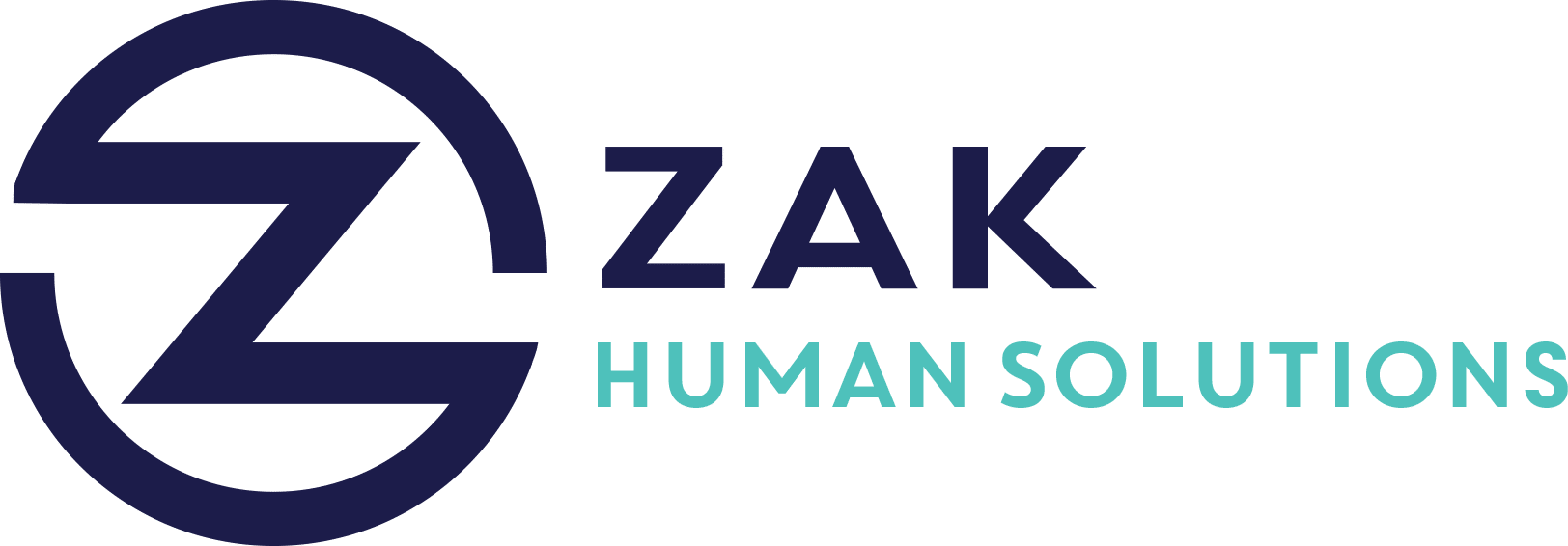Key Takeaways
- Microsoft identified 40 jobs most at risk from AI, including roles like translators and historians.
- Companies like Amazon and IBM are reducing roles, emphasizing the impact of AI on employment.
- Teaching jobs are not safe either, drawing concern as AI capability grows.
- Professions with high AI applicability often require a bachelor’s degree, questioning educational value in job security.
- Jobs in healthcare, such as personal care aids, are on the rise and less susceptible to AI disruptions.
- Kiran Tomlinson from Microsoft notes that AI may change work processes but not fully replace jobs.
- The report indicates that all jobs will be touched by AI, emphasizing the importance of embracing this technology.
The rise of artificial intelligence (AI) is an undeniable force that is changing the landscape of the job market at a rapid pace. With giant tech companies like Microsoft, Amazon, and IBM pioneering innovations in AI, various professions are now witnessing unprecedented transformations. This blog post delves into the findings by Microsoft regarding job exposure to AI, the consequential changes in hiring practices by leading companies, and the future of work in healthcare and education sectors.
Understanding the Impact: Jobs Most Exposed to AI
According to research conducted by Microsoft, a staggering list of 40 jobs has been identified as being most susceptible to AI integration. These roles range from translators and historians to writers and customer service representatives. But what does this mean for these professions?
- Susceptible Roles: Jobs that have a high level of repetitive tasks or involve data processing are most at risk. This includes:
- Translators and Interpreters: With AI’s growing capability in language processing, services like machine translation are becoming increasingly sophisticated.
- Historians and Writers: AI’s ability to analyze large datasets and generate content poses a threat to traditional research and content creation roles.
- A Caution for Educators: Even the field of education is not immune. Teaching positions, particularly those requiring a bachelor’s degree, also face potential disruption. AI-driven tools are beginning to assist with grading and student assessments, raising questions about the long-term security of teaching roles.
AI’s Influence on Hiring Practices
The influence of AI is not only limited to altering job descriptions but is also reshaping hiring practices. As companies like Amazon and IBM focus on AI-enhanced productivity, there’s a noticeable shift:
- Workforce Reductions: These companies have begun making strategic cuts, reallocating resources, and automating specific functions. This movement reflects a larger trend where businesses are opting for AI to perform tasks historically managed by human employees.
Safe Havens from AI: Careers in Healthcare
While some jobs are fading, others are thriving, predominantly in sectors less susceptible to automation:
- Healthcare Sector Growth: Professions like personal care aids and other healthcare-related roles are expected to see a rise in demand. The nature of these jobs requires human empathy and physical presence, areas currently beyond the capabilities of AI.
The Individual’s Perspective: Embracing Change
Kiran Tomlinson from Microsoft provides a nuanced perspective, suggesting that while AI will undoubtedly change how tasks are performed, it is unlikely to entirely replace jobs. This significant evolution calls for a mindset shift among workers:
- Adaptability and Upskilling: As AI begins to perform routine tasks, workers need to demonstrate flexibility by acquiring new skills that complement AI technologies.
- Collaboration with AI: Understanding AI as a tool rather than a threat can create opportunities for innovation and efficiency.
A Holistic View: Future Considerations
The report’s insights into AI’s reach indicate that virtually every job will eventually incorporate elements of AI. This scenario emphasizes the pressing need for:
- Continuous Learning: Staying current with technological advancements is essential for maintaining employability.
- Policy and Ethical Considerations: Organizations and governments must collaborate to address the ethical implications of AI in the workplace.
In conclusion, the AI revolution presents both challenges and opportunities. While certain professions are at risk, new roles and industries will undoubtedly emerge. Aligning educational systems and career pathways with the skills required in an AI-integrated workforce will be crucial for future economic stability and growth.
The top 10 least affected occupations by generative AI:
- Dredge Operators
- Bridge and Lock Tenders
- Water Treatment Plant and System Operators
- Foundry Mold and Coremakers
- Rail-Track Laying and Maintenance Equipment Operators
- Pile Driver Operators
- Floor Sanders and Finishers
- Orderlies
- Motorboat Operators
- Logging Equipment Operators
The top 40 most affected occupations by generative AI:
- Interpreters and Translators
- Historians
- Passenger Attendants
- Sales Representatives of Services
- Writers and Authors
- Customer Service Representatives
- CNC Tool Programmers
- Telephone Operators
- Ticket Agents and Travel Clerks
- Broadcast Announcers and Radio DJs
- Brokerage Clerks
- Farm and Home Management Educators
- Telemarketers
- Concierges
- Political Scientists
- News Analysts, Reporters, Journalists
- Mathematicians
- Technical Writers
- Proofreaders and Copy Markers
- Hosts and Hostesses
- Editors
- Business Teachers, Postsecondary
- Public Relations Specialists
- Demonstrators and Product Promoters
- Advertising Sales Agents
- New Accounts Clerks
- Statistical Assistants
- Counter and Rental Clerks
- Data Scientists
- Personal Financial Advisors
- Archivists
- Economics Teachers, Postsecondary
- Web Developers
- Management Analysts
- Geographers
- Models
- Market Research Analysts
- Public Safety Telecommunicators
- Switchboard Operators
- Library Science Teachers, Postsecondary




